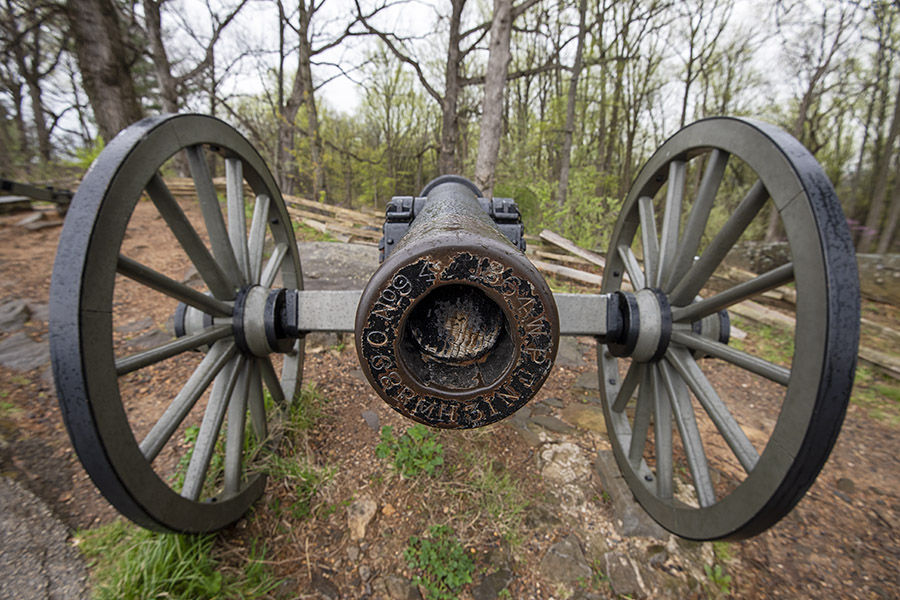It was an epic battle, fought over just three days, with monstrous casualties incurred by both sides due to a deadly combination of improved weaponry and Napoleonic tactics. Muskets transitioned from smoothbores to rifled barrels (greatly enhancing accuracy); military formations (not yet adopted to the quantum leap forward in accuracy) fought in shoulder-to-shoulder advancing columns. Both sides held their fire until the Union and Confederate armies were at can’t-miss distances. It was brutal. Gettysburg suffered 51,000 casualties. Eleven general officers were killed. It was the bloodiest battle of the Civil War, but it was turning point. General Robert E. Lee, the previously invincible and charismatic hero of the South, had been soundly defeated. General George Meade, appointed to command the Union troops just days before the battle, achieved a tactical victory regarded by his superiors as a strategic failure (Lincoln later said Meade held the Confederate Army in the palm of his hand but refused to close his fist).
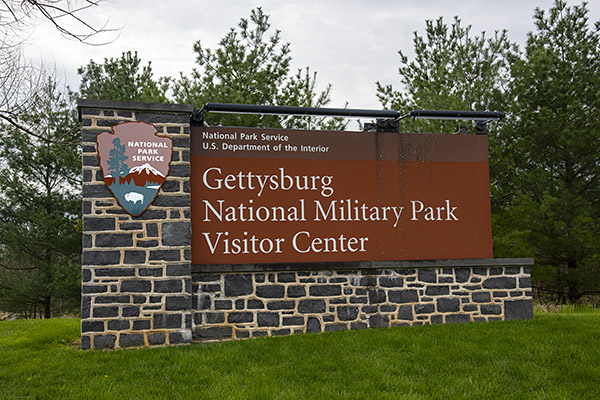
Perhaps best known for Lincoln’s Gettysburg address given months after the fighting (delivered at the dedication of a cemetery), Gettysburg is a town, a free National Military Park, and hallowed ground. But first, read these 275 words…275 of the most elegant words ever assembled by anyone:
Four score and seven years ago our fathers brought forth on this continent, a new nation, conceived in Liberty, and dedicated to the proposition that all men are created equal.
Now we are engaged in a great civil war, testing whether that nation, or any nation so conceived and dedicated, can long endure. We are met on a great battlefield of that war. We have come to dedicate a portion of that field, as a final resting place for those who here gave their lives that that nation might live. It is altogether fitting and proper that we should do this.
But, in a larger sense, we can not dedicate — we can not consecrate — we can not hallow — this ground. The brave men, living and dead, who struggled here, have consecrated it, far above our poor power to add or detract. The world will little note, nor long remember what we say here, but it can never forget what they did here. It is for us the living, rather, to be dedicated here to the unfinished work which they who fought here have thus far so nobly advanced. It is rather for us to be here dedicated to the great task remaining before us — that from these honored dead we take increased devotion to that cause for which they gave the last full measure of devotion — that we here highly resolve that these dead shall not have died in vain — that this nation, under God, shall have a new birth of freedom — and that government of the people, by the people, for the people, shall not perish from the earth.
Elegant, eloquent, and to the point: Lincoln spoke for a short two minutes after a two-hour speech by a former Harvard College president. Lincoln wrote the words himself (not, as rumor would have us believe, on the back of an envelope during the train ride to Gettysburg, but carefully crafted by Lincoln in the White House and then polished upon his arrival in Gettysburg). No speechwriters, no opinion surveys, no communications experts as would be the case today. I wish that in a nation of 330 million people we could find another Lincoln (rather than the continuing cascade of clowns we’ve had to choose from in the last several elections).
I first visited Gettysburg 60 years ago as a little kid and I was a little kid again on this visit. Gettysburg was way more wonderful than I remembered but still the same. The Visitor Center is new and better equipped. There are more monuments (approximately 1,350 such monuments; you will see just a few in this blog). The battlefield remains the same. It is impressive. You need to see it.
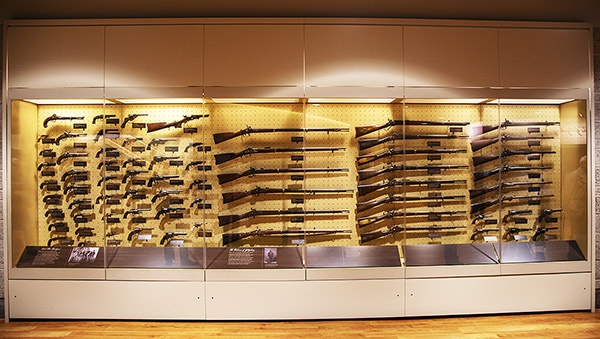
You can take your car or motorcycle through Gettysburg National Military Park on a self-guided tour, you can take a bus tour, or you can hire a guide. Any of these approaches are good.

The Battle of Gettysburg occurred over three days (July 1 to July 3, 1863) that changed the calculus of the Civil War. Lee took his Army of Northern Virginia north, hoping to continue an unbroken string of Confederate victories, so sure of his likely success that he ignored the tactical advice of his generals. He prevailed on the first day, but flawed tactics and a combination of Union brilliance and resolve turned the tide and the War. It culminated in what has become known as Pickett’s Charge, a Confederate uphill advance across a mile of open land into unrelenting Union cannon fire. The Union artillery had the reach (two miles of direct fire; there were no forward observers adjusting fire as we have now). The cannons were deadly, and then troops closed to small arms distance, and then finally to hand-to-hand combat. More than 12,000 of Pickett’s men marched into the Union killing fields; nearly half were foolishly lost. It was the turning point for everything: The South’s success, the Battle of Gettysburg, and the Civil War.
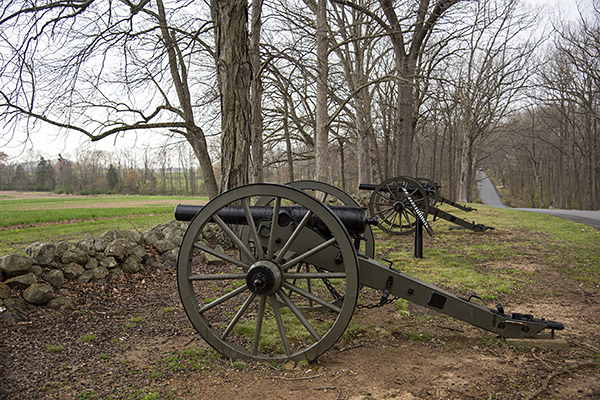
Numerous state militia fought at Gettysburg. Each of the states and their militia erected monuments in the years following the Civil War. The New York monuments were always the largest, at least until New York completed the last of its statues and structures. Pennsylvania, waiting and watching patiently, then built a monument that dwarfed New York’s best efforts. But all are impressive.

The two armies had been maneuvering near each other, and as is usually the case in such things, first contact was accidental. The Confederate forces initially prevailed and their leader, General Robert E. Lee, assumed this success would continue. Lee’s subordinate’s told him it would not, as they did not hold the high ground. Lee pressed ahead anyway, suffering a defeat that marked a turning point (one of many) in the Civil War.
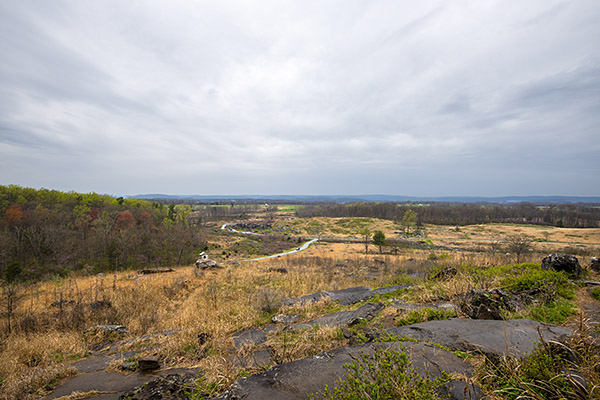
Gettysburg National Military Park is a photographer’s dream, and many battlefield areas present dramatic photo ops. The monuments are impressive and more than a few offer several ways to frame a photo.
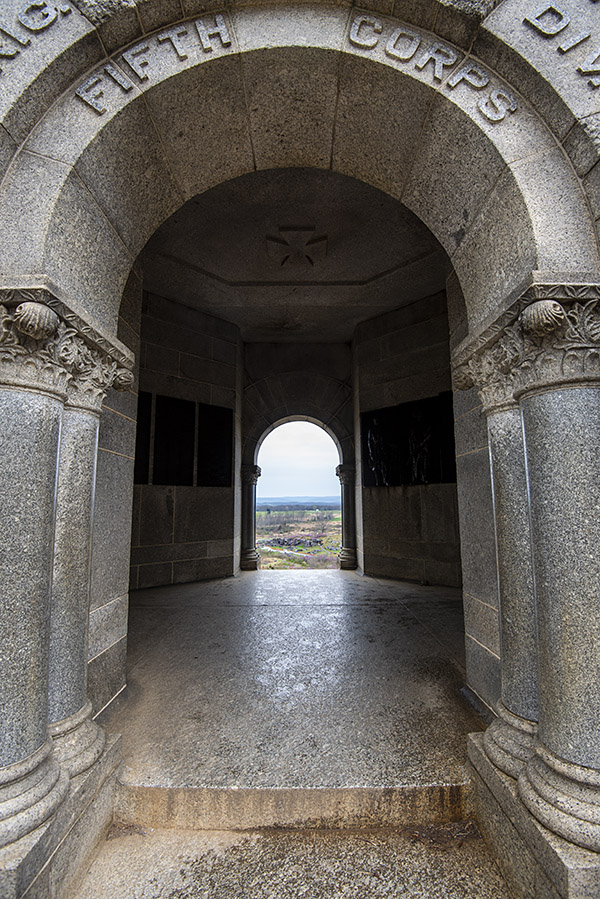

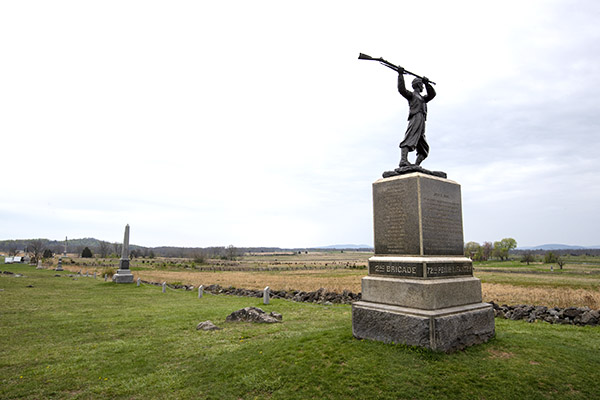
I was up early the next morning before we left Gettysburg, and I returned to the battlefield to capture a better photo or two of the State of Pennsylvania monument. It’s the largest in Gettysburg National Military Park. I was so impressed by it the day before I forgot to get a photo.
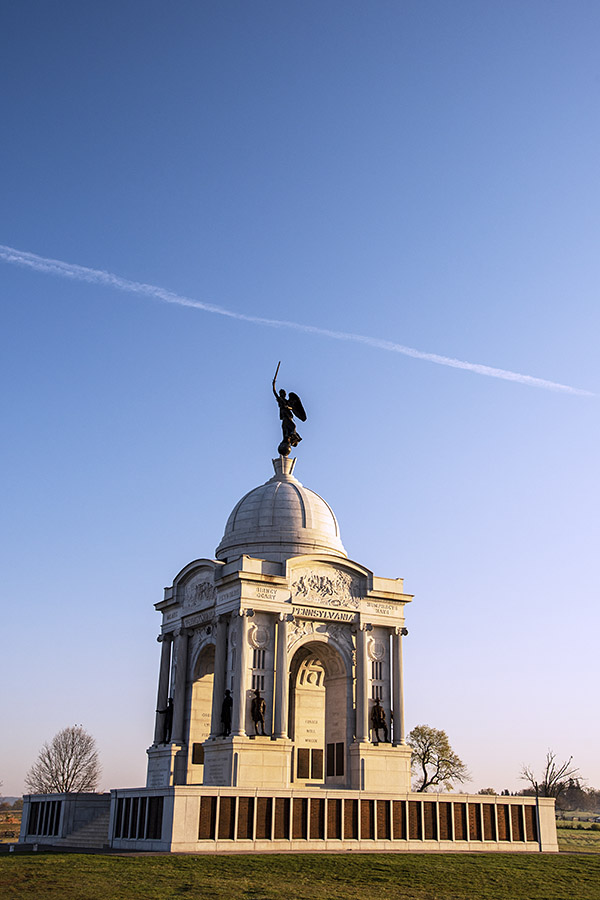
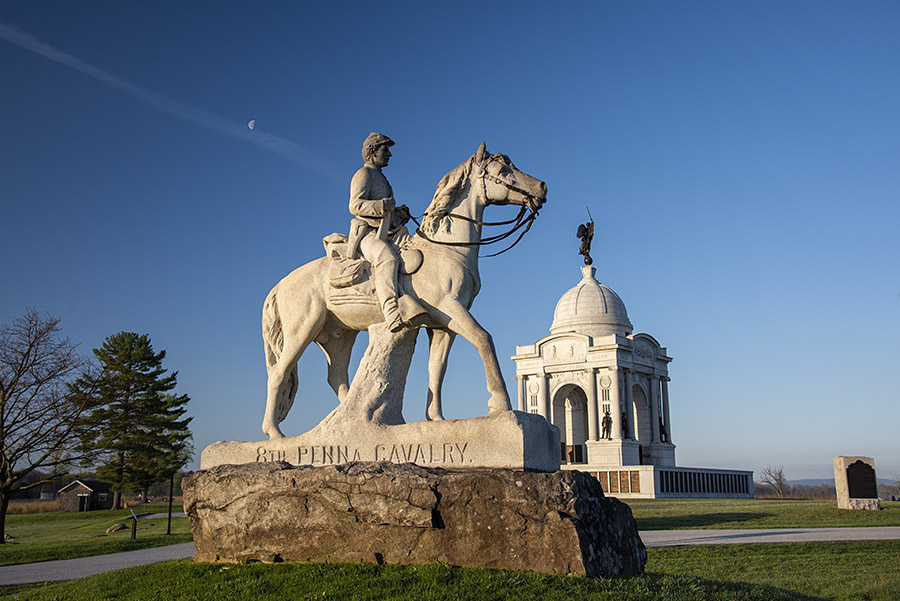
The country roads leading to Gettysburg, and the riding in Pennsylvania, are way beyond just being good. Several rides to Gettysburg are memorable, and everything on the battlefield is accessible via an extensive network of narrow lanes. Take your time when navigating the Park’s interior battlefield lanes; this is an area best taken in at lower speeds.
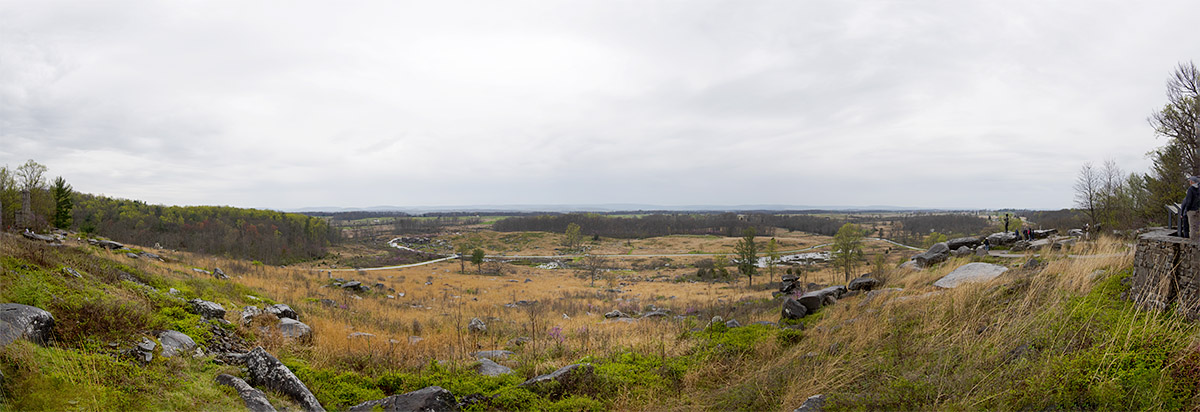
Getting to Gettysburg is straightforward. From the south take Interstate 83 north and State Route 116 east. From the east or west you can ride Interstate 76 and then pick up any of the numbered state routes heading south. If you are coming from points southwest, Maryland is not too far away and the riding through Catoctin Mountain Park on Maryland’s State Route 77 is some of the best you’ll ever find.
The best kept secrets at Gettysburg? On the battlefield, it’s Neill Avenue, also known as the Lost Avenue. It’s the least visited area of Gettysburg National Military Park, and probably the most original with regard to how the battlefield looked on those three fateful days in July 1863. As for good places to eat, my vote is for The Blue and Gray Bar and Grill in downtown Gettysburg (just off the square in the center of town; try their chili) and Mr. G’s Ice Cream just a block away. Both are excellent.
Never miss an ExNotes blog; sign up here for free:

